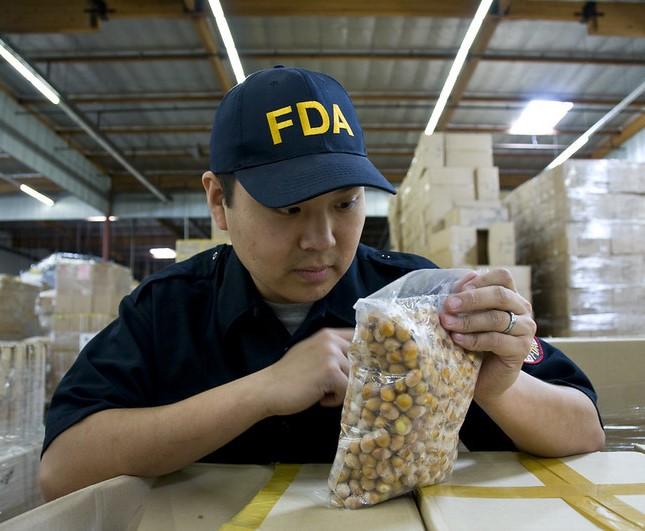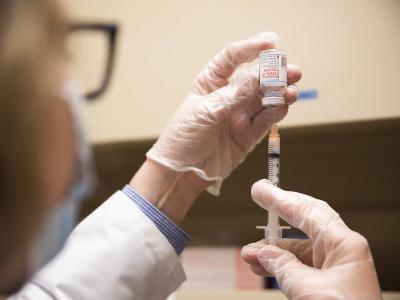
A new report from the Government Accountability Office (GAO) urges the US Food and Drug Administration (FDA) to finalize its plan to implement new rules to help identify sources of foodborne illness outbreaks.
The FDA's final rule on food traceability, introduced in November 2022, established a list of certain foods for which enhanced recordkeeping is required, including additional traceability records to track certain points in the item's supply chain—known as critical tracking events. Products that contain dairy, eggs, nuts, prepared food, produce, and seafood are covered by the rule's recordkeeping requirements if that ingredient remains in the form in which it appears on the list, according to the FDA. Examples include fresh lettuce used in a bagged salad mix and a sandwich containing a tomato.
Concerns about complexity, cost
While the FDA says they identified items on the list based on previous outbreaks and the risks they pose to human health, some stakeholders interviewed by the GAO said the list is overly inclusive and have expressed concerns about compliance costs. Although the FDA has taken steps to help industry and non-federal regulators prepare for compliance and has begun the planning process for implementing the rule, which has a compliance date of January 20, 2026, the GAO found that the FDA has not finalized or documented its implementation plan.
The GAO says the finalized plan should address the challenges identified by stakeholders and included additional guidance, training, and tools.
"By finalizing and documenting an implementation plan, FDA will have better assurance it is well positioned to make progress toward its regulatory goals and address the various challenges that stakeholders identified to achieving compliance by the deadline," the GAO said.

.jpg)












